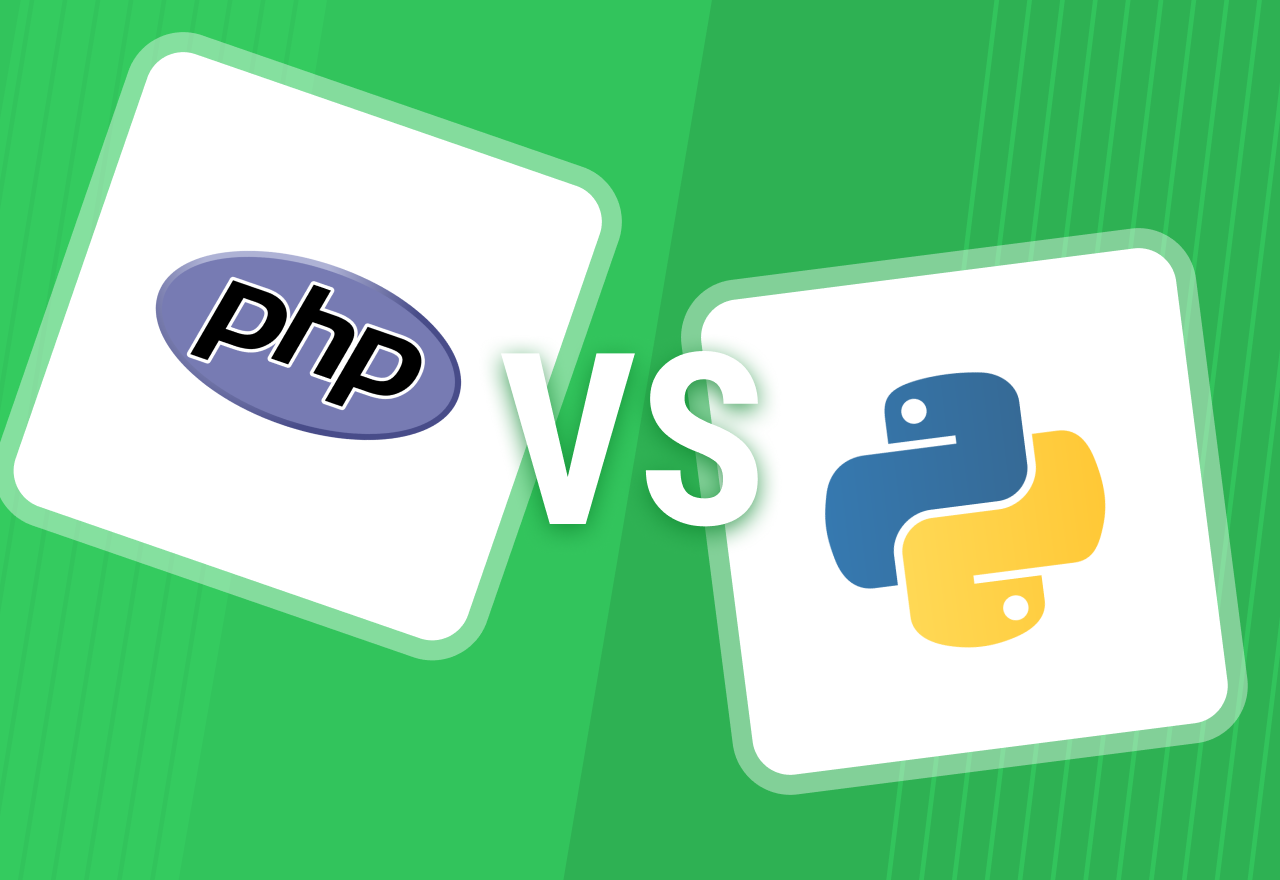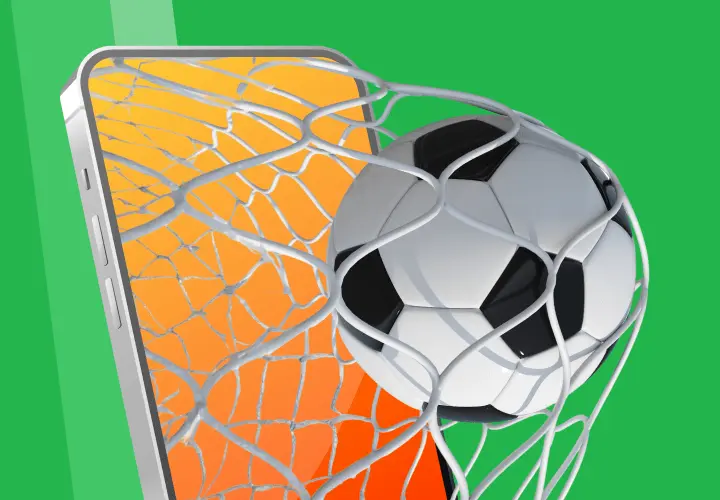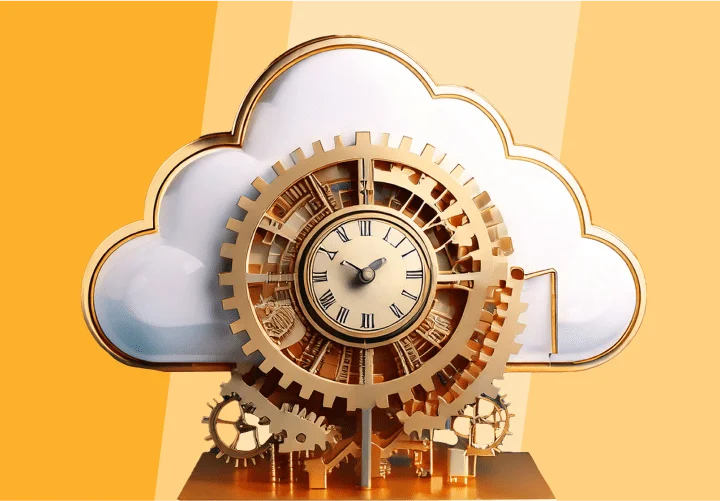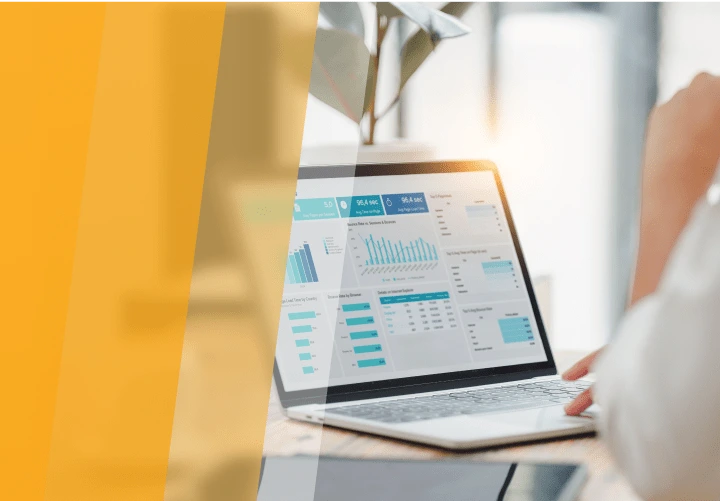Your Brief Guide to Remote Patient Monitoring System Development
Table of contents
- Top Reasons Why Remote Patient Monitoring Systems Are the Future of Healthcare
- RPM allows keeping beds for severe cases and avoid 30-day readmissions at hospitals
- RPM opens up space for more efficient medicine
- RPM is all about flexibility
- Key Benefits of Remote Patient Monitoring Systems
- Reduced Stress
- Better Communication
- Feedback and Support
- What Types of Patients Benefit Most from Using RPMs?
- Senior patients
- Patients with chronic illnesses
- Patients with long-term illnesses
- RPM SystemDevelopment: Important Aspects
- Interoperability and Integration
- Data Privacy
- Data Accuracy and Patient Safety
- Small Tips on RPM SystemPlanning
- Define types of patients who will use your solution
- Decide on who should own the hardware
- Plan your spendings
- The Bottom Line
During the COVID-19 pandemic, connected health and remote patient monitoring (RPM) have become more popular and demanded than ever. And it’s not surprising at all, because such solutions provide healthcare workers with the ability to monitor their patients remotely, without a direct contact that can contribute to further spread of the disease. Also, RPMs allow keeping patients with less severe symptoms at home, in this way preserving hospital beds for those who really need them.
But what is remote patient monitoring and what is the future of such systems? Will they remain popular after the pandemic ends? Is it wise to opt for such solutions now, and how to develop the good one? Below, we are going to provide comprehensive answers to all the questions.
Top Reasons Why Remote Patient Monitoring Systems Are the Future of Healthcare
If you wonder whether it is the right time to develop an RPM system, here are the key aspects contributing to the popularity of such solutions in the future:
RPM allows keeping beds for severe cases and avoid 30-day readmissions at hospitals
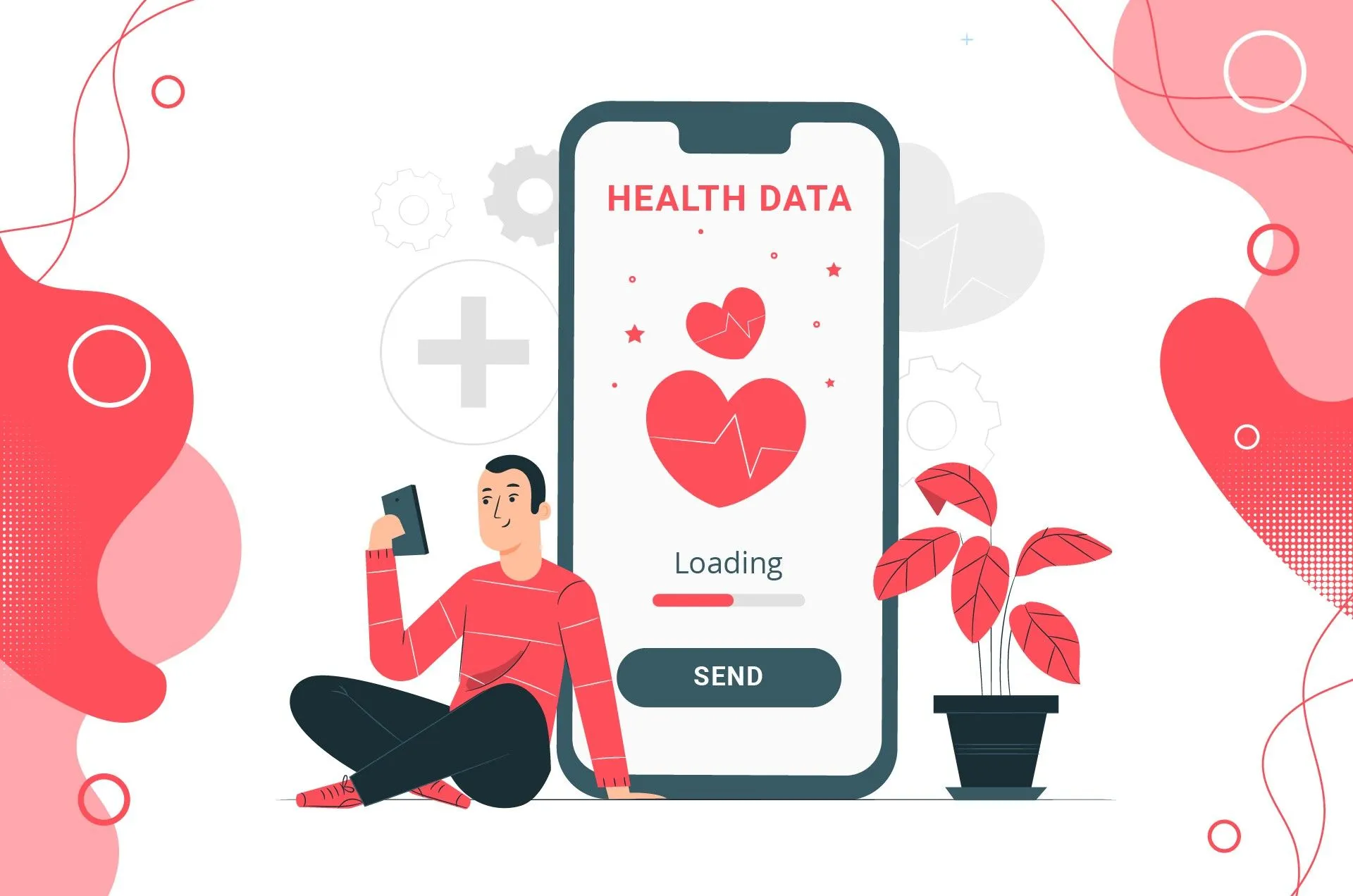
With a remote patient monitoring system, regular checkups required for patients who faced heart attacks, heart failure, and pneumonia are possible even at home. A physician who receives health data on a daily basis can decide if a patient needs to stay at the hospital or see a doctor.
RPM opens up space for more efficient medicine
Remote patient monitoring can become an alternative № 1 to hospital visits, increasing the number of people monitored without increasing workloads for physicians. What is more, it allows quickly identifying patients who are at risk of developing serious health issues that require emergency.
RPM is all about flexibility
A well-thought-out remote patient monitoring system can be deployed and scaled quickly. Furthermore, modern systems don’t require patients to self-report their data, using such devices as Bluetooth monitors for wireless uploads of various health parameters, including temperature, weight, blood pressure, heart rate, etc., in this way offering more flexibility for both patients and their doctors.
While today the popularity of remote patient monitoring is mainly dictated by the pandemic situation, such solutions will remain in demand for a long while. The RPM’s predicted growth in popularity becomes even more evident when we are looking at the benefits they bring to both patients and their caregivers.
Key Benefits of Remote Patient Monitoring Systems
So what are the key advantages of remote patient monitoring systems? How do they contribute to better healthcare and is there any evidence to support the claim that someday, home patient monitoring will become a common practice?

Reduced Stress
Mental discomfort is common to patients who have to stay at hospitals, and with RPM systems, it is possible to be released from the hospital much earlier (by up to 59%), as such tech solutions offer monitoring a health status remotely.
Better Communication
RPM apps allow patients to communicate with their physicians in the convenience of their own homes and receive medical advice remotely.
Feedback and Support
RPMs open up space for real-life interaction between patients and their doctors, in this way allowing patients to assess quality healthcare with minimum effort.
As you can see, the implementation of an RPM system has the potential to significantly improve patient-doctor relationships. Nevertheless, as for today, such solutions can’t cover the needs of all types of patients.
What Types of Patients Benefit Most from Using RPMs?

There are three categories that benefit from them most. These are:
Senior patients
One of the key benefits offered by the remote patient monitoring technology to elderly people is that they can avoid sitting in a waiting room with a risk of getting exposed to the virus.
Patients with chronic illnesses
Patients with chronic illnesses constantly go through check-ups, appointments, and consultations. With RPM systems, this endless cycle ends, allowing patients to live their lives outside hospitals.
Patients with long-term illnesses
With RPM systems, patients with diabetes are given the ability for the automatic provision of regular glucose and blood pressure readings.
To sum up, RPM significantly reduces the time spent by patients to see their doctors in person and allows planning visits in advance and enjoying better lives without lines in hospitals. Nevertheless, remote patient monitoring systems are not created equal, so the real value of using such a solution becomes available to those, who know what makes a good RPM system.
RPM System Development: Important Aspects
When it comes to the development of a valid RPM solution, there are three key factors to consider. These are:
Interoperability and Integration
- As for the access by a patient, remote monitoring technologies should provide the ability to see and request any information collected or stored.
- Data collected by the RPM system needs to be integrated into patient EHRs.
- There is also a requirement for complete interoperability between RPM and EHR systems.
Data Privacy

- Any RPM system should go in the line with applicable federal and state legal requirements of medical information privacy. For example, it must be HIPAA compliant.
- To ensure the security of data, there is a need in establishing patient-controlled privacy settings.
- Training on data use and privacy for patients and providers are also required.
Data Accuracy and Patient Safety
- The use of RPM must be consistent with the state scope of practice laws.
- For improved patient safety and quality of care, evidence-based practice guidelines are required.
- RPM devices must be properly tested on the accuracy of the data they receive and transmit.
Small Tips on RPM System Planning
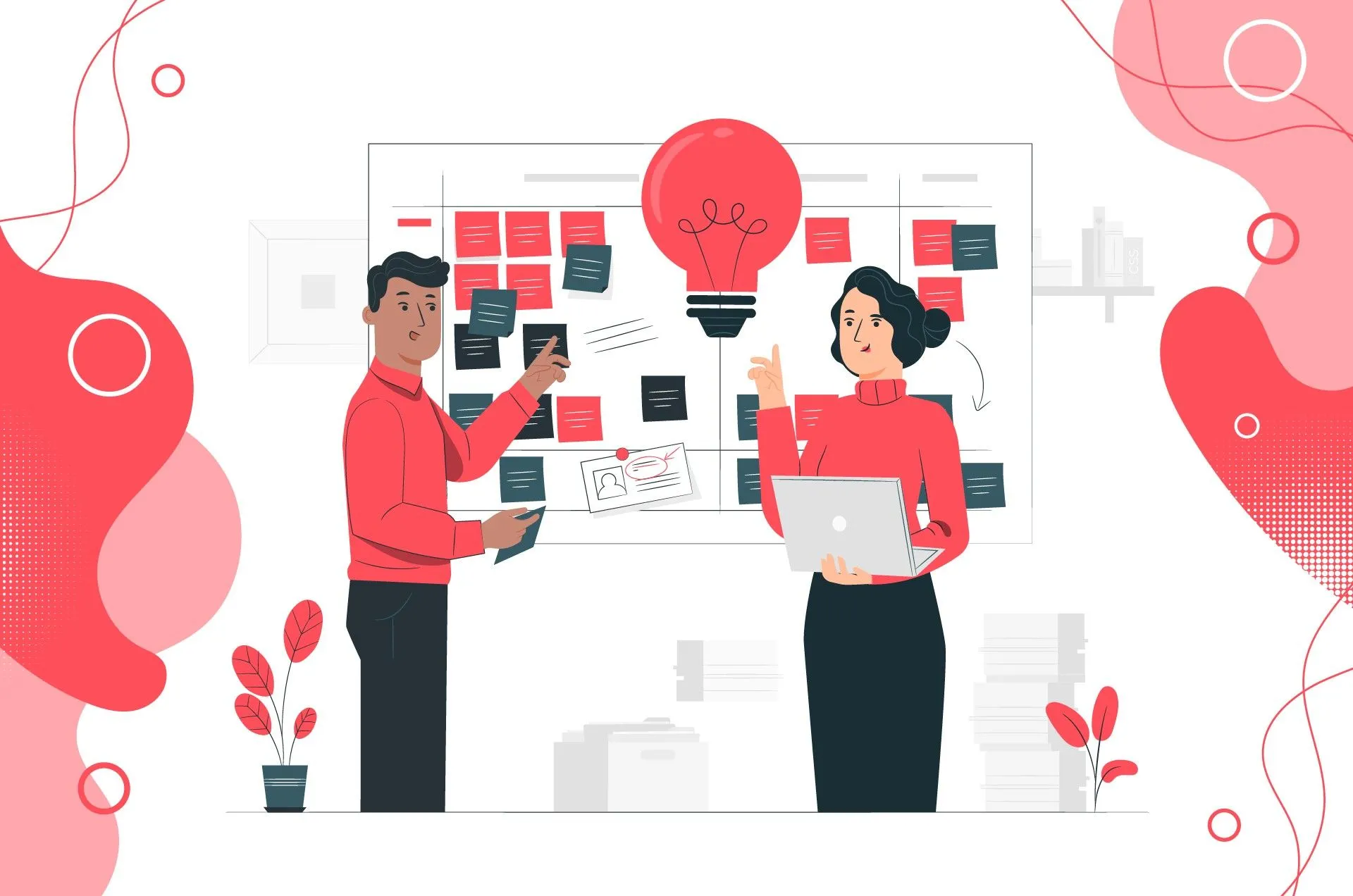
There is more advice that can help you ensure you’re on the right path with your RPM system development.
Define types of patients who will use your solution
Remote monitoring platforms offer the flexibility of working with different clinical use cases, including post-surgical ones, supervising chronic care management, weight loss, etc. Nevertheless, if you are not planning to rock the world of digital healthcare, it is better to focus on conditions you work with, deciding on what features your remote patient monitoring system should offer. Otherwise, it is possible to receive a disappointing, useless solution or overpay for development and support.
Decide on who should own the hardware
If you want to ensure a greater level of security for your RPM solution, the hardware should be on your side, not the vendor’s.
Plan your spendings
Note that while mobile remote patient monitoring devices are the most popular option when it comes to the RPM system development, they can be one of the most expensive components of a remote monitoring solution.
The Bottom Line
While it is true that remote health monitoring systems have a positive impact on patient outcomes and are capable of saving the organization’s money, there are too many factors that influence the usefulness of such solutions, and all of them need to be addressed.
At Emerline, we pay a lot of attention to the details of any application. But when it comes to healthcare, our focus becomes even sharper. So whether it is a development of an IoT-based system for remote patient monitoring or some simpler application, we make sure that it will get through all the compliance checks, and will deliver the desired outcomes.
If you have any questions about the development of solutions for healthcare, want to know more about our experience in the industry, request examples of our work, etc., feel free to contact us at any time. And thank you for reading.
Published on Aug 7, 2020
